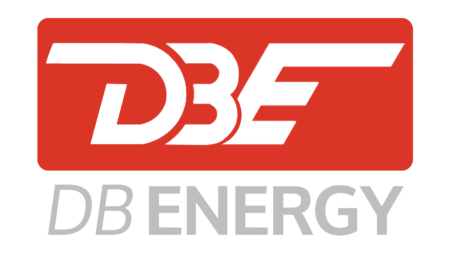[[{“value”:”
- West Texas Intermediate has been trading around $70 this week after posting two weeks of declines.
- The last time shale producers pursued a flat-out production strategy, crude prices tanked to the $40s.
- Cheap oil may turn out to be one promise Trump can’t keep—because it’s not entirely up to him.
President Trump declared a national energy emergency as soon as he took office. The declaration had the goal of facilitating growth in energy supply or, as Trump likes to call it “Drill, baby, drill.” Yet this time, Baby doesn’t feel much like drilling. And it’s saying this loud and clear.
The oil and gas industry celebrated Trump’s victory in the November elections. After four years with a not-so-friendly federal government, a pro-oil White House was certainly a welcome change. But then Trump said he wanted more oil and gas to flow along the pipelines. And producers said the same that OPEC tends to say when called upon to boost production: only if the price is right!
The price, right now, is not right.
This tends to get ignored by a lot of industry observers who trade oil. The thinking goes that if Trump is in the White House, then the oil and gas industry players have the biggest ally in the country, which means they can do whatever they want and pump as much crude as they want. This is actually correct.
Yet these players see no benefit in pumping more crude at the moment.
West Texas Intermediate has been trading around $70 this week after posting two weeks of declines following a strong start to the year with Trump’s inauguration and expectations of “maximum pressure” on Iran. Shortly after, the “Drill baby, drill” assumption began to unravel. Drillers signaled they had no intention of stepping up work to boost production. In fact, the latest data about 2024 recently showed that growth in U.S. oil production had slowed down significantly to 300,000 bpd last year.
In the year prior, the growth rate was three times that.
It’s all about the price, of course. It’s always about the price. This goes for OPEC and U.S. shale drillers alike. “What you are seeing is a huge amount of positivity,” the president of Liberty Energy told the New York Times in late January, commenting on Trump’s entry into office. “But it’s too early to say that that’s going to translate into a change in actual activity levels here in North America,” Ron Gusek told the NYT.
The NYT story said that oil and gas executives were in zero rush to drill just because the President had asked them to. A recent story in the Wall Street Journal said the same thing, citing unnamed industry sources. Essentially, everyone is quoting the energy industry as saying it will not drill more. Axios also recently cited estimates by the Energy Information Administration that expected production across most regions to decline over the next two years, with only the Permian seeing significant growth and coming to account for over half of the U.S. total.
This puts Trump in a bind because he aims for more than one thing with his calls for lower oil prices. First, of course, there is retail fuel prices, overall inflation, and eventually, interest rates. Trump understandably wants all of these to fall. Yet his other stated goal is to boost global crude oil supply and tank prices as a way of pressuring Russia to sit at the negotiations table about Ukraine.
Over the past decade, Russia has demonstrated that it is perfectly capable of surviving whatever oil prices international trade dynamics throw its way, but Trump has insisted that lower oil prices will force it to negotiate peace with Zelensky. His special envoy to Russia and Ukraine has an exact price in mind: $45 per barrel. Unfortunately, that price—while certain to cause Russia economic pain—will also cause pain to U.S. shale drillers—and a greater one.
As the Wall Street Journal recalls, the last time prices sank to $45 per barrel, a short oil war ensued between Russia and Saudi Arabia, from which both survived, But this was not the case for many U.S. shale producers. Shale, while making huge strides towards drilling efficiency and cost cuts over the last couple of decades, remains highly sensitive to global prices because its production costs are still generally higher than those for conventional production—and now natural depletion is kicking in as well.
This is one more reason U.S. oil and gas producers are in no rush to do the President’s bidding. There may still be hundreds of millions of untapped crude in the shale patch, but drillers are going to tap it in a measured way rather than the initial burst of activity that saw so many go under when debt burdens became unsustainable. This led to that strict financial discipline everyone’s been praising for years now, and that has become the new normal in shale.
With that discipline, and with the Saudis firmly on their own price control path, cheap oil may turn out to be one promise Trump can’t keep—because it’s not entirely up to him.
By Irina Slav for Oilprice.com
The post Pushback Begins Against Trump’s Oil Agenda appeared first on Energy News Beat.
“}]] 
